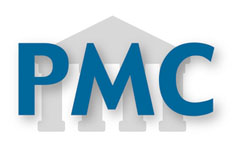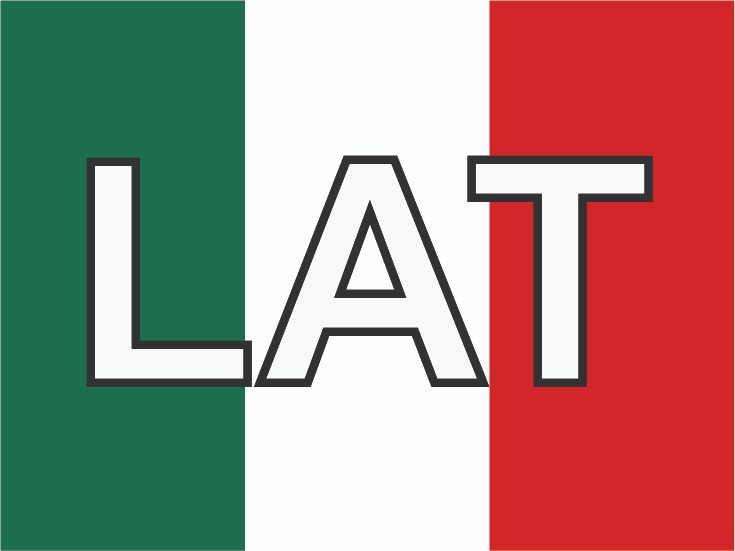Why mandible distraction on neonates with sleep apnea? 47 cases
Abstract
The presentation, etiology, and treatment of obstructive sleep apnea/obstructive hypoventilation on neonates are different than on adults; it is considered sleep apnea as one episode per hour for more than 10 seconds, with saturation lower than 87% and increased CO2. Anatomical and neurofunctional factors are the cause of upper respiratory alterations that produce lack of coordination in the forces that contract and dilate the airways; retro-micrognathia as an anatomical cause can be isolated or syndrome. Hypoxemia and hypercapnia increase intra-thoracic negative pressure with cellular damage as a consequence without being able to quantify the brain injury in the neonatal stage. This descriptive observational study of a series of cases carried out between 2000 and 2011, in 47 neonatal patients from the intensive care unit for neonates in Hospital Universitario del Valle and Imbanaco Medical Center in Cali, Colombia, presenting retro-micrognathia and obstructive apnea or obstructive hypoventilation. These were surgically intervened with the partial fracture of mandibular distraction and elongation shows that the obstructive apnea disappears within a week, compared to previous treatments in newborns with this diagnosis. Clinical improvement is evident and avoids tracheotomy and possible complications by hypoxia, lowering hospitalization time.Authors
Downloads
Download data is not yet available.
Keywords
- Apnea
- Neonatal
- Osteogenesis
- Distraction
- Mandibular
- Pierre Robin
Submitted
2011-09-26
|
593 |
How to Cite
Caycedo, D. (1). Why mandible distraction on neonates with sleep apnea? 47 cases. Colombia Médica, 42(3), 362-368. https://doi.org/10.25100/cm.v42i3.890
Issue
Section
Case Report
The copy rights of the articles published in Colombia Médica belong to the Universidad del Valle. The contents of the articles that appear in the Journal are exclusively the responsibility of the authors and do not necessarily reflect the opinions of the Editorial Committee of the Journal. It is allowed to reproduce the material published in Colombia Médica without prior authorization for non-commercial use




















